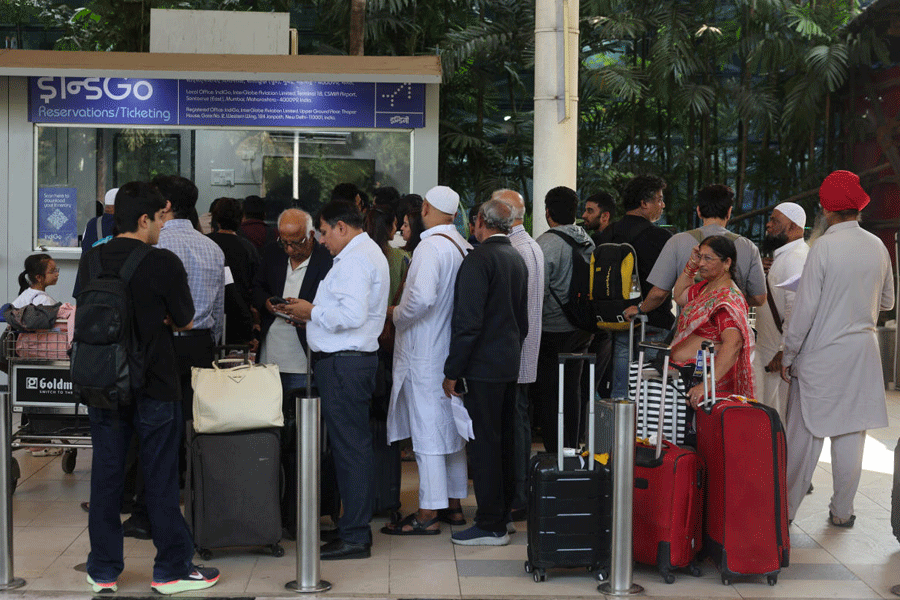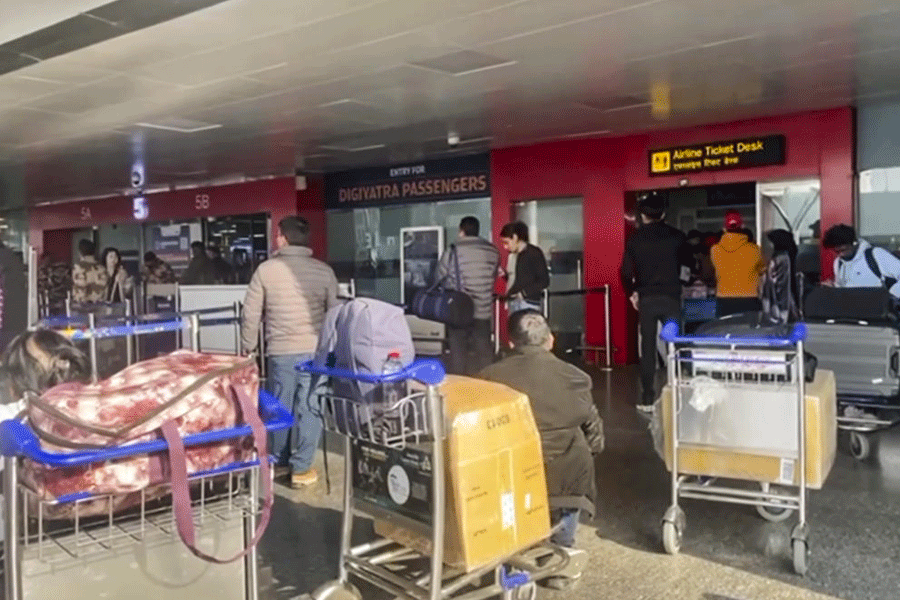New Delhi, March 4 :
New Delhi, March 4:
An Indian Air Force transporter flying Air Marshal V.K. Bhatia, chief of the western air command,was fired at and hit even as the troops are eyeball-to-eyeball on the border.
Air Marshal Bhatia was flying from New Delhi, headquarters of the western air command, to Kargil, which now has a new landing facility, on February 19 in his An-32. The plane diverted to Leh after being hit on the port side wing while flying in the airspace over Kargil sector.
On a scale of one to 10, one source put the seriousness of the incident at six. A rating of 10 would have meant downing of the aircraft, which would have inevitably led to war. Army chief General S. Padmanabhan is understood to have visited the Kargil sector after the incident.
The government and the defence ministry are tight-lipped on the incident and no official explanation is forthcoming. The news of the attack on the aircraft was broken by a weekly today.
The security establishment is caught with the complexities of the incident. The IAF inform-ed the government and the army immediately. It has started an inquiry headed by Air Marshal A.S. Sekhon, chief of the southern air command.
Preliminary findings are:
The aircraft was hit by a Stinger heat-seeking missile.
The Stinger could have been fired from across the Line of Control, that is Pakistan-occupied Kashmir, or from within Indian territory.
The Stinger normally has a range of 3.5 to 4 km in operational conditions. It is fired from a shoulder-fired gun and has an accuracy that gunners reckon with.
The presence of Stingers in the subcontinent is dated from the time the Americans supplied Afghan mujahideen with weapons to fight against Soviet occupation. The mujahideen had made common cause with Kashmiri militants, who have also used the weapons in the past.
Normally a Stinger would down an aircraft. Therefore the possibility that other small arms might have been used still exists. But preliminary inquiries point to the strong possibility of a Stinger having been used. (Did it just 'graze' or miss the target in that case?)
If the Stinger aimed at the Bhatia's plane was fired from within Indian territory, it means all the heights of Kargil have not been cleared since 1999's Operation Vijay.
As the crow flies, Kargil town is about 3.5 km from the LoC. Fixed-wing aircraft like the An-32 usually fly on a route and at a height that is beyond the range of Pakistani guns and keep a distance of at least 5 km - usually more - from the LoC.
IAF planes also carry devices to throw heat-seeking missiles off-target, but these are not necessarily fool-proof. The devices create an alternative source of heat at a point away from the aircraft. It is not known if the An-32 was carrying such a device.
IAF sources said Air Marshal Bhatia was flying on a specific assignment and it was not a 'routine' flight.
 Friday, 05 December 2025
Friday, 05 December 2025










